If you walk into Copenhagen, across bike lines, beneath roof gardens, and down an overgrown path just past the Ministry of Foreign Affairs, you will stumble into the radical hippy commune of Freetown Christiania. This is the community of 900 artists, idealists, cannabis cultivators and alternative people who reject traditional Danish society in favour of a self-proclaimed independent state in the Christianshavn district of Copenhagen. Growing, using and selling weed is illegal in Denmark, punishable by fines or imprisonment. But all of this happens openly in Freetown Christiania. This community is a living exception, as the rest of Denmark seems to turn a blind eye to everything that goes on in this autonomous, virtually self-governing, community. That was until 2023, when an event so violent caused the police and residents to work together in a landmark intervention in Christiania’s drug market.
Freetown Christiania began in 1971, in the height of the global hippy movement, when a group of several hundred squatters broke into an abandoned military barracks. At first, the group was searching for a place to occupy amidst Copenhagen’s housing shortage. But this aim quickly evolved into something much more significant. On September 26, 1971, prominent activist and journalist Jacob Ludvigsen declared the opening of a “forbidden city of the military”. Ludvigsen and other founders envisioned that Christiania would be an open and directly democratic community where residents forfeit the allure of individualism in favour of communal wellbeing. Initially, the government refrained from kicking them out, observing the occupation as if it were a social experiment. By 1973 Christiania had its own charter and had proclaimed themselves to be a “free state” independent of Danish rule. This has never been officially ratified by Denmark, though Christiania’s existence was legalised in 1989. In 2011, residents established a foundation to purchase the land and houses from the government, giving residents an official status of collective ownership, rather than being squatters.
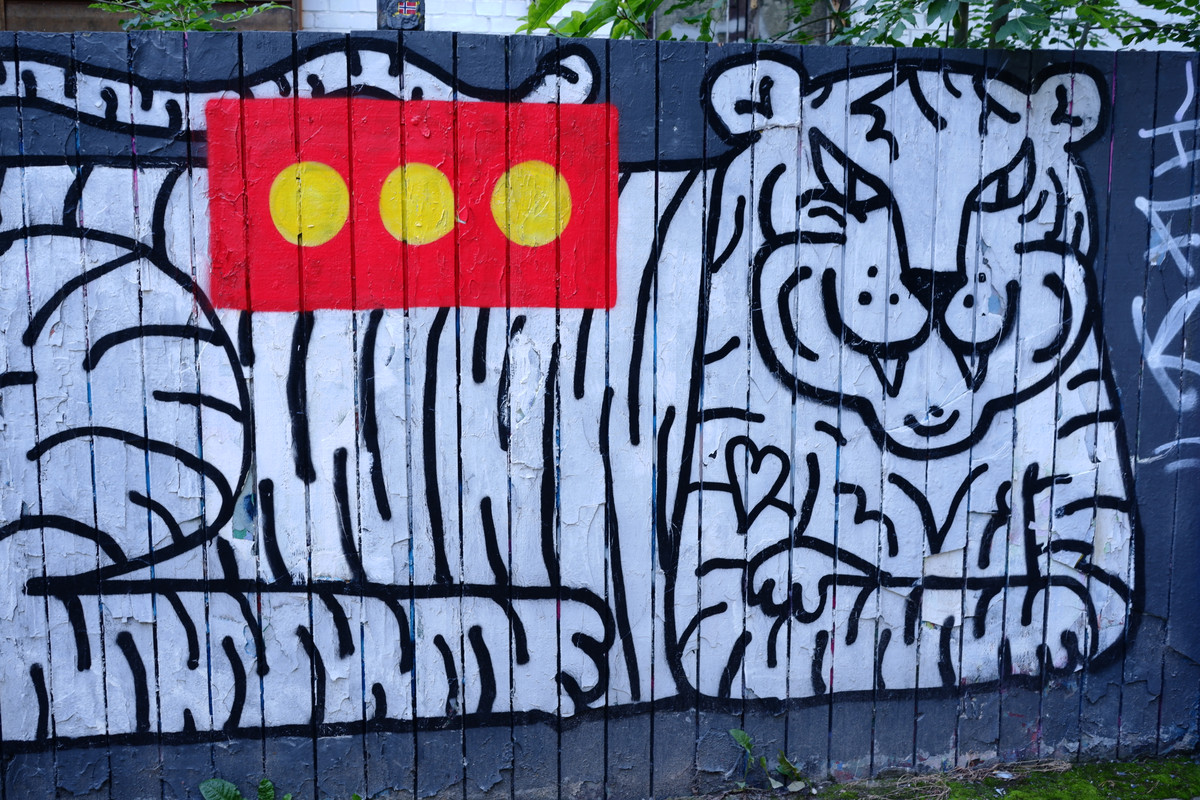
Mural sporting the unofficial flag
Though Christiania may not officially be independent, they do all they can to ensure self-sufficiency. They have no mayor or leadership group, instead the 900 residents make all important decisions through community meetings, where everyone can participate equally. Residents do almost everything themselves, including recycling, schooling and conflict resolution, without any traditional government structures. They have their own flag and even their own currency, Løn (though DKK is also accepted). The commune is regulated by its own set of laws, which include:
No weapons
No hard drugs (including cocaine and amphetamines)
No violence
No private cars (due to narrow streets)
No bulletproof vests
No sale of fireworks
No stolen goods
No use of bikers’ symbols
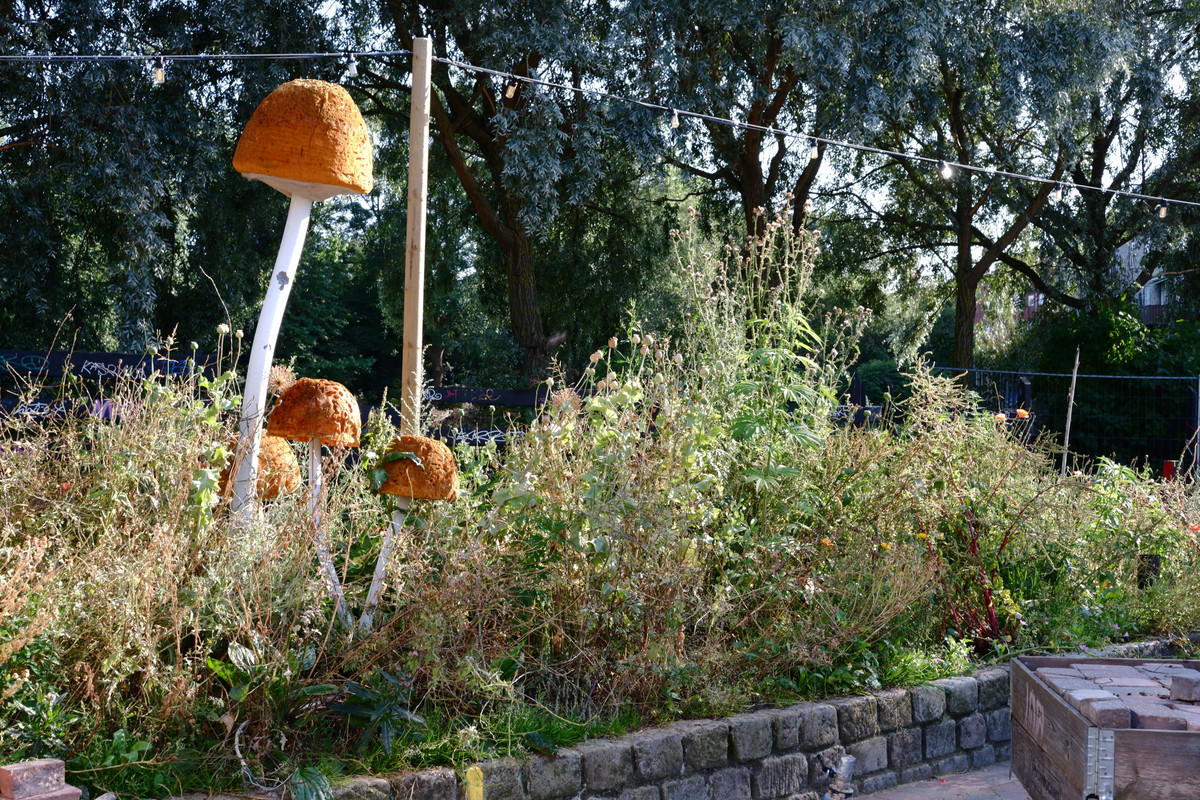
Cannabis and psychedelics were central to the hippy counterculture movement, therefore they have played a large role in Christiania’s culture since its inception. Cannabis grows openly like hedges and the builders are covered in colourful psychedelic graffiti. Christiania is known as a “green light district”, where in 2013 cannabis industry in Christiania was estimated to be worth $256 million (NZD). The most famous and contentious part of Christiania is its main street, called Pusher Street, where weed is sold openly. Because this is still illegal in Denmark, a long-standing rule that was conveyed to all tourists and visitors: do NOT take photos on Pusher Street.
At the beginning, hard drugs like heroin were also present, but after 10 residents died of overdose in one year in 1979, Christiania began a “Junk Blockade” campaign to drive out the dealers and aid the addicts. But where you have drugs, you have gangs, and this has long been Christiania’s biggest struggle. In the 1980s, motorcycle gangs began to fight for control over the commune. After an incident involving a dismembered body under the floorboards of a gang bike shop in Christiania, gangs were broken up and biker jackets were banned. But they have always maintained some presence in Christiania, as the presence of drugs combined with virtually no policing must attract them.
Copenhagen is considered one of the safest cities in the world, with incredibly low rates of violent crime. So when a Christiania resident engaged in cannabis sales shot at two police officers and a civilian in 2016, it caused outrage throughout the country. At the time of the shooting, the last killing of a police officer had been 11 years prior. In a communal meeting soon after the event, Christiania residents decided to remove the stalls on Pusher street which were the epicentre of the cannabis trade. Two months later, it was estimated that the de facto practice of cannabis sales in Christiania had reduced by 75%.
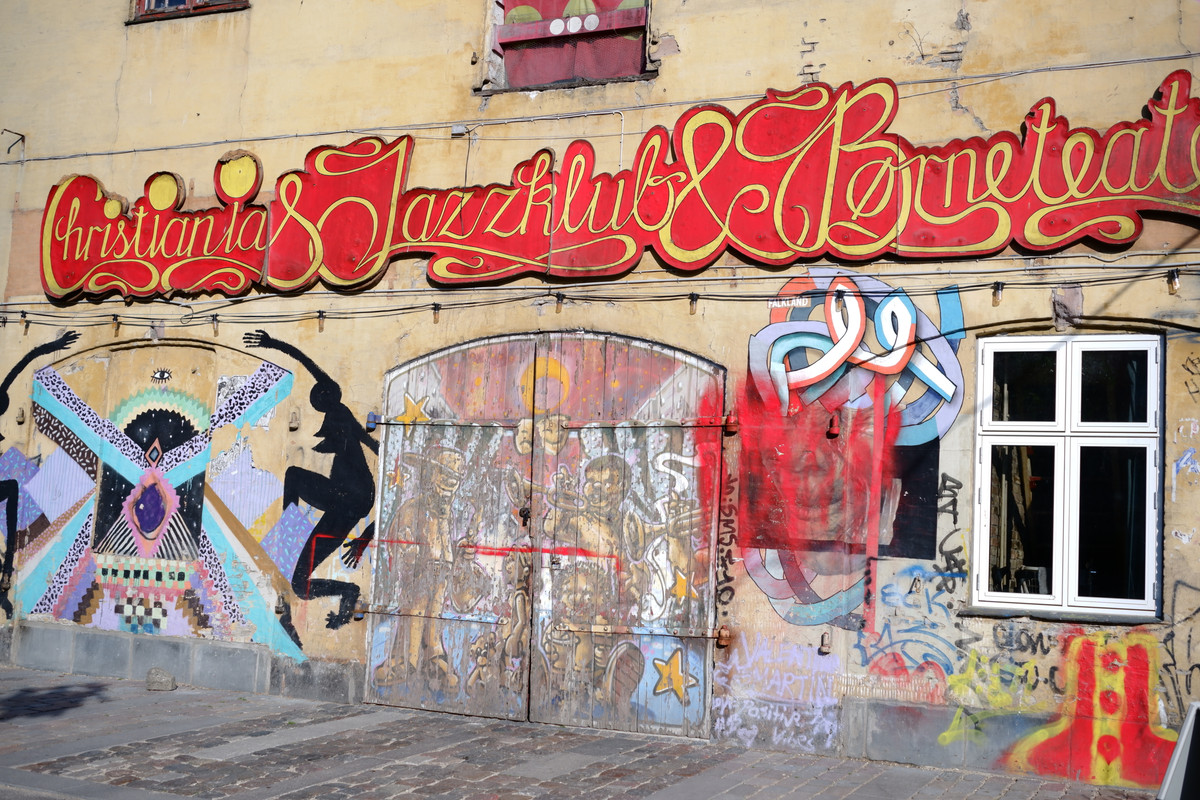
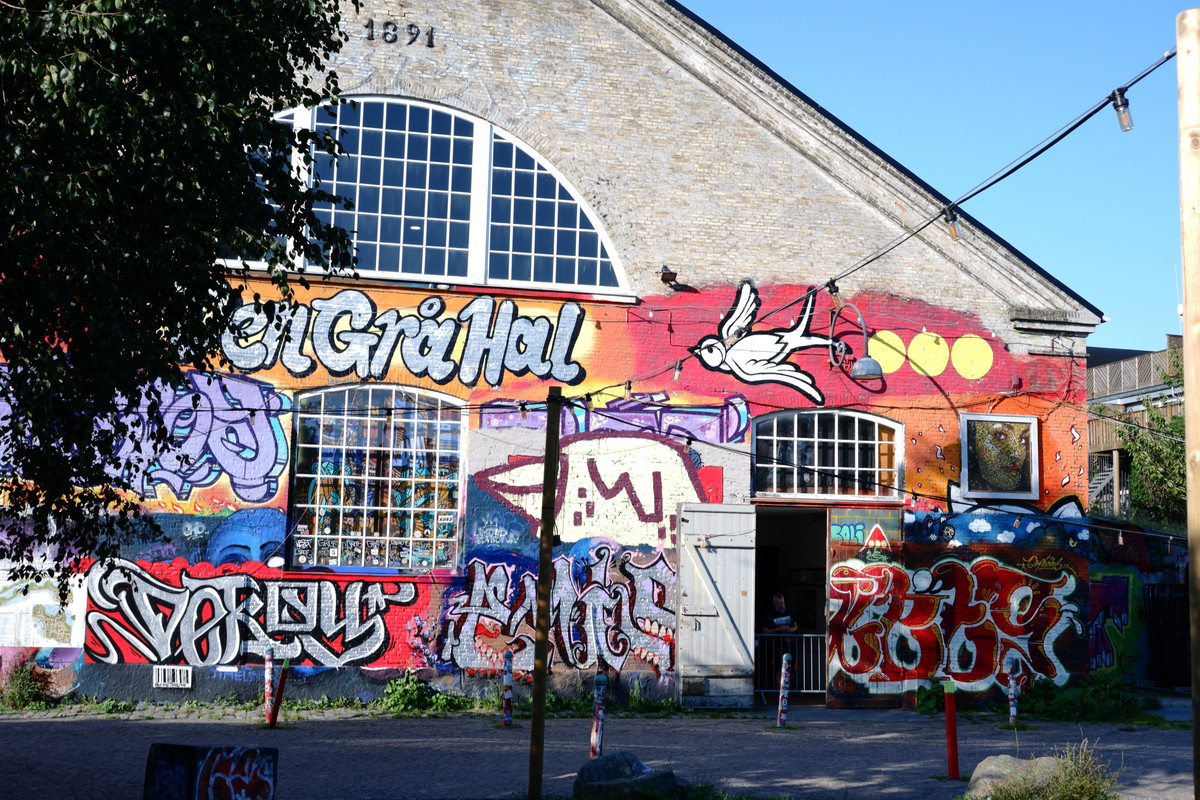
Then in August of 2023, another shooting marked a turning point for the community. Two masked gunmen opened fire, killing one and injuring three others, in a conflict between rival gangs. Immediately residents hosted another community meeting and unanimously decided to shut down Pusher Street once and for all. The streets were no longer the safe and free haven envisaged by the founding residents, many of whom still lived in Christiania to that day. They reached out to the police and asked for their help to rid the community of gangs. This bid to reclaim the streets from drug dealers came to a symbolic head in April 2024, where residents came to Pusher Street armed with spades and crowbars, and physically dug it up. “For us hash is not the problem, it’s the money in it,” Mette Prag, a representative from the Freetown Christiania Foundation, told reporters. “But the last years with all the violence and all the fighting, we cannot have it in our society. That’s why now this chapter must come to an end.”
We visited just one year after this historic moment changed the course of the community. Was Freetown Christiania really safe? Would it still feel like free-spirited community, or had the heart of Christiania been lost with Pusher Street? I wondered whether the colourful chaos I’d imagined from photos and stories could still exist in this new, transformed version of the commune.
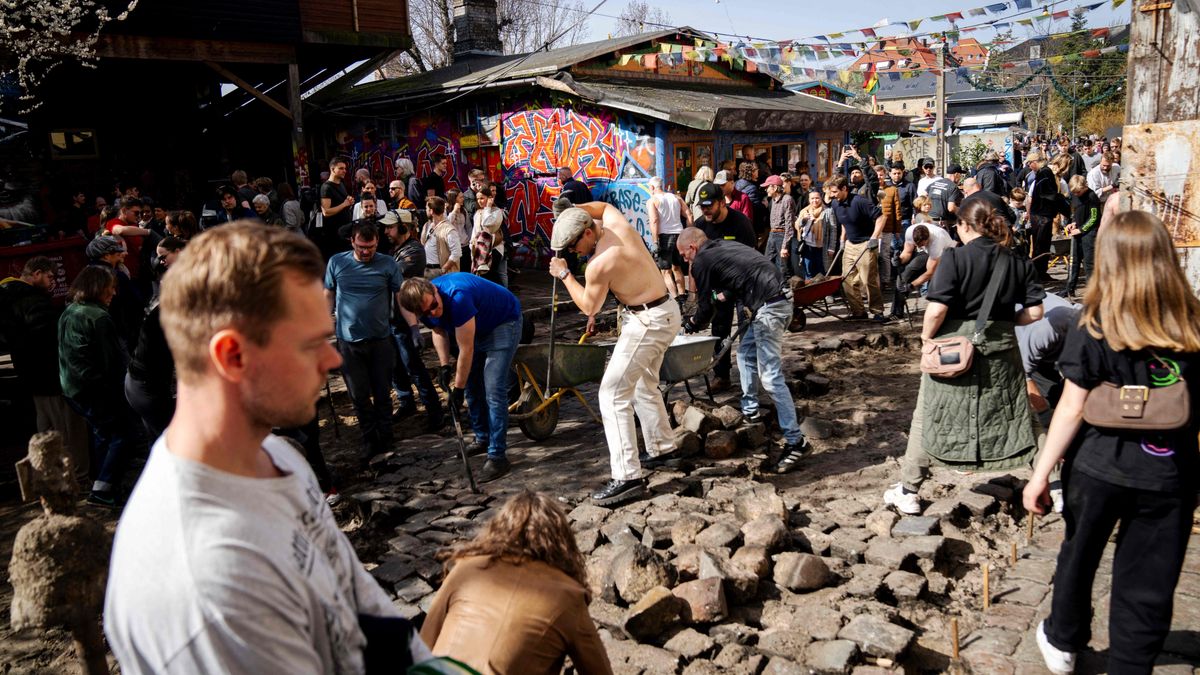
Dismantling Pusher Street (image by Teller Report)
When we entered the commune, I was nervous about how I should behave. I kept my camera hidden and held my bag close. But as we rounded the corner, I was shocked at what I saw. Christiania was the most vibrant place I’ve ever seen. Colour practically exploded into my eyes. Buildings were covered in bright murals, of trees and sunsets and flying hippos. The flag was everywhere, as well as other symbols of their history and values, such as a fist breaking a heroin needle. We could hear music, and as we got closer we saw a couple of guys were having a jam sesh, seated on some concrete barricades where Pusher Street used to be. There were families out with their children, flea-market tables selling jewellery and nicknacks, art installations, and houses made from recycled materials. We visited the open-air food market and music venue Nemoland, where there are free concerts every Sunday.
But while I expected to see the place empty of cannabis, I was surprised to see plants growing everywhere like weeds. And I was even more surprised to see container stalls, in a proper permanent marketplace, selling, among Christiania souvenirs and clothing, drug paraphernalia and cannabis. Some things don’t change. But I shouldn’t have been surprised, as rule-bending is part of Christiania’s counter-culture DNA.
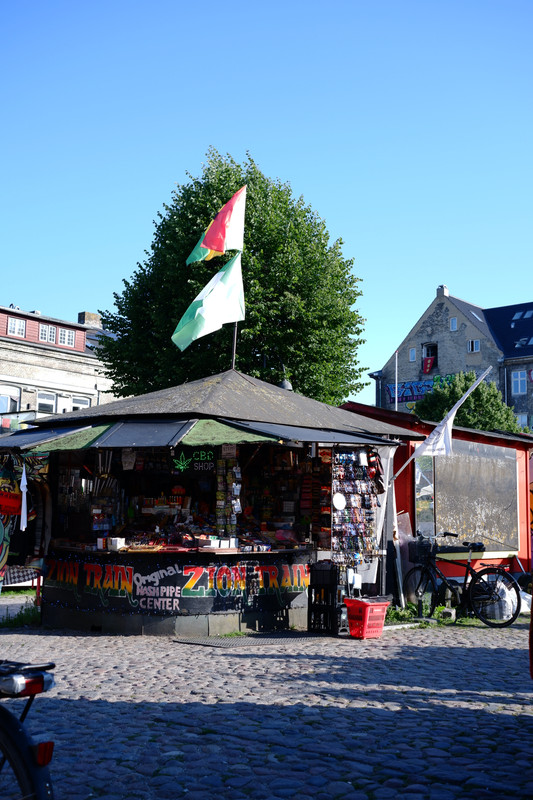
The biggest difference in “new” Christiania, apart from the obvious non-existence of Pusher Street, was the message to visitors plastered all over the buildings: Please DO take photos. There was a palpable sentiment that openness and transparency gives criminality no place to hide. Christiania felt safe, yet illegal activity still happens out in the open. It seemed like a living contradiction, but in “New” Christiania, openness and safety aren’t mutually exclusive. In fact, they reinforce each other, to turn public visibility into a protective force and remind us that a community can be free, colorful, and safe all at once.

The new sign where Pusher Street once was. Note the pro-photo symbol in the back.
One thing that I will take from Freetown Christiania is an admiration for the residents persistence and unfaltering determination not to give up on their alternative way of living. Seeing residents take the future of their commune into their own hands and transform it on their terms, was equally inspiring as it was essential. If they hadn’t taken such drastic action to reestablish safety, the government would be forced to take away their autonomous freedoms, or shut them down entirely.
In my opinion, countercultures like Christiania are inherently valuable because they prove to the world that alternative ways of living and thinking are possible. Its important to challenge the status quo and experiment with different ways of holding community and governance. The endurance of Freetown Christiania shows why spaces that question norms, bend the rules and explore freedom are worth protecting – so long as they are safe.
Signing off,
Milly



One thought on “Exploring an Autonomous Anarchist Commune”
Interesting read. Although it appears that they needed to call on the Danish government (ie the Police) to help break up the gangs.